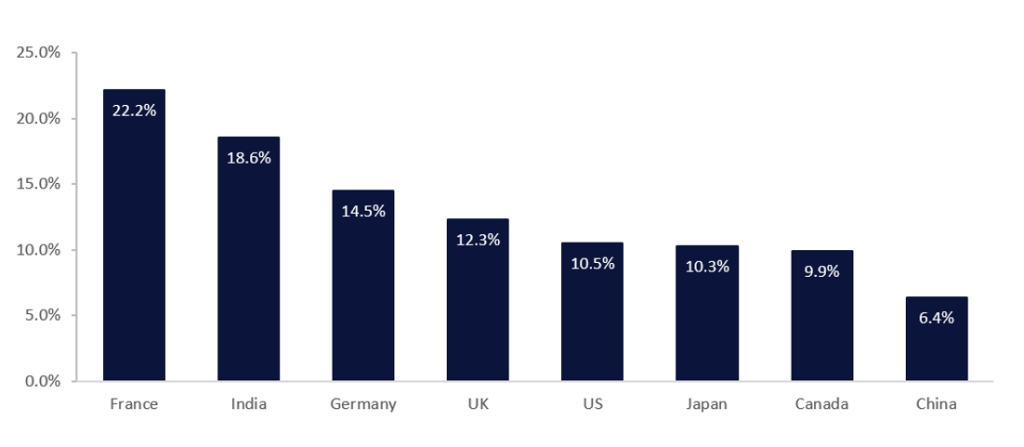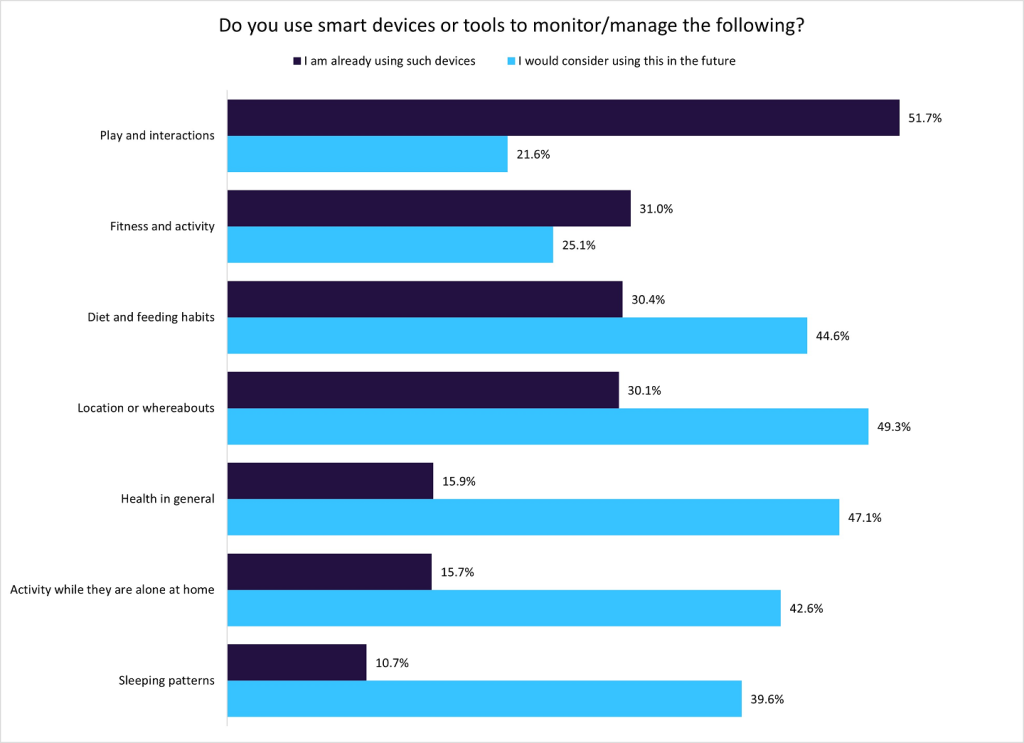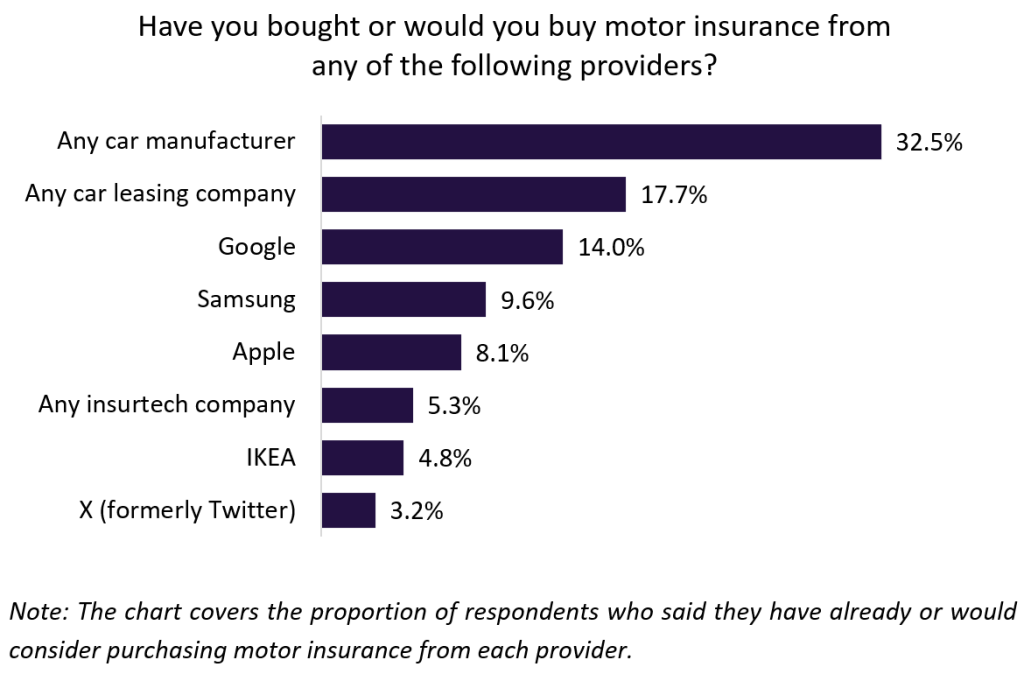In a discussion with Charles Davis, Deloitte’s Rebecca
Amoroso highlights the uncertainties US life insurers face as they
head into 2010, particularly in the area of sweeping regulatory
change. However, she also sees opportunity for insurers serving the
needs of risk-averse retirees and near-retirees.
In a stagnant economy slow to
recover, US insurers will spend 2010 mending internal operations to
maximise efficiencies while looking abroad for growth, predicts the
leader of insurance at professional services firm Deloitte.
Rebecca Amoroso, vice-chairman and US
insurance leader for Deloitte, discussed the company’s
Insurance Industry Outlook for 2010 with LII.
Amoroso said the US life industry is filled
with uncertainty on a variety of fronts, from the regulatory
battles underway in Washington to the economic picture of the
nation. Carriers are looking within, she added, tightening
processes, turning to greater automation and streamlining to wring
savings out of their operations.
“Cost management is in play everywhere, and it
will continue to be a priority for the foreseeable future,” Amoroso
said.
How well do you really know your competitors?
Access the most comprehensive Company Profiles on the market, powered by GlobalData. Save hours of research. Gain competitive edge.

Thank you!
Your download email will arrive shortly
Not ready to buy yet? Download a free sample
We are confident about the unique quality of our Company Profiles. However, we want you to make the most beneficial decision for your business, so we offer a free sample that you can download by submitting the below form
By GlobalData“Expense management strategies are a new
reality, and sustaining lower cost structures will usher in
continuous self-improvement. Companies are looking at opportunities
for redesign, automation and enterprise-wide level
optimisation.”
Regulatory uncertainty
Turning to the regulatory picture,
Amoroso said it is murkier than ever.
“This much we know,” she said, “change is
coming.”
The uncertainty is intensified by the fact
that, despite virtually a year’s effort, legislation reforming the
financial services industry and the health care delivery system
remains unfinished – with unclear signs what will emerge, and when,
and in what form.
“Some form of federal oversight is coming down
the line,” she said.
“But we don’t know if we will end up with dual
regulatory systems. The worst case is dual regulation with a lot of
redundancies throughout the system, and we can’t rule that
out.”
Amoroso said the life industry would embrace a
single regulatory body, if only because it is the best choice among
the many plans floating around Washington.
It would also clear up the uncertainty
currently gripping the industry, which is affecting planning and
product development.
“Whatever happens, with the introduction of
the new National Supervisor for Insurance Commission, companies
should have the necessary people and processes in place to comply
with tougher regulations,” she said. “This will introduce new costs
into the structure.”
Adding to the uncertainty is tax reform. Tax
issues involving an estimated $3 trillion in revenues expire at the
end of 2010, the 10th anniversary of the tax changes initiated in
the Bush administration, and the estate tax is set to expire
entirely.
Democratic members of Congress have resolved
to promptly restore the estate tax at 2009 levels – a $3.5 million
exemption and a 45 percent maximum tax – but, in the current
political environment, that may not happen.
Amoroso said Congressional efforts to address
systemic risk also pose a huge threat to the industry, depending on
the outcome of the legislative process.
The American Council of Life Insurers recently
alerted its members to financial services reform legislation that
would make insurers subject to a systemic risk scheme. This scheme
would mandate all financial services companies with more than $50
billion in assets to help fund a resolution authority used to
wind-down systemically risky institutions.
“Systemic risk is an ongoing concern. If you
are faced with being deemed a systemic risk, what does that do to
the company?” Amoroso asked. “It could be debilitating, and the
industry has to do a lot of work on that issue.”
Good news for insurers
The good news, Amoroso said, is that
life insurers have a “tremendous opportunity” to speak to huge
numbers of risk-adverse retirees and near-retirees in 2010.
Greater concern about financial security might
actually be spurring younger insurance customers to action. Nearly
half (47 percent) of US workers said they re-evaluated their life
insurance needs within the past year, compared with 39 percent who
said the same in 2008, according to insurer Prudential’s recent
Study of Employee Benefits: 2009 & Beyond.
Huge numbers of Americans nearing retirement
is an ideal sales proposition for the life industry, Amoroso said.
In the meantime, she said, insurers must continue to invest in
their brand image and in advertising, a tough sale in a down
economy.
‘Differentiation is key’
“Differentiation is key, and the
industry is faced with an evolving customer that has more powering
the purchasing process than ever before,” she said.
That means that talking simply to potential
customers about risk, and minimising the complexity of its product
set.
“If insurers can simplify their products, and
become more transparent about risk, they have a real chance here,
because the American nearing retirement is looking for a safe
harbour,” Amoroso said.
“Insurers already have so much invested in
their brands, in portraying themselves as solid and safe, and the
question is whether they can tweak the product set to make sense to
consumers.”
Amoroso added that one of the keys to success
for the life industry in 2010 will be managing, recruiting and
retaining talent.
“The retirement wave is here now, and the
supply-demand gap in terms of personnel to meet that is very real,”
she said. “Retention, once the economy rebounds, will be a real
key. Insurers will find that the best people are going to be on the
move, so look for the smartest companies improving their workplace
policies this year.”
Flexible working hours, greater
diversification in terms of ethnicity and gender; these things help
retain employees when the economy improves and opportunities arise,
Amoroso said.
“The key enablers for both growth and cost
reduction are talent and technology,” she added. “Even though it
might not feel like it, carriers are trying to take advantage of
the fact that a lot of people are on the market.”







